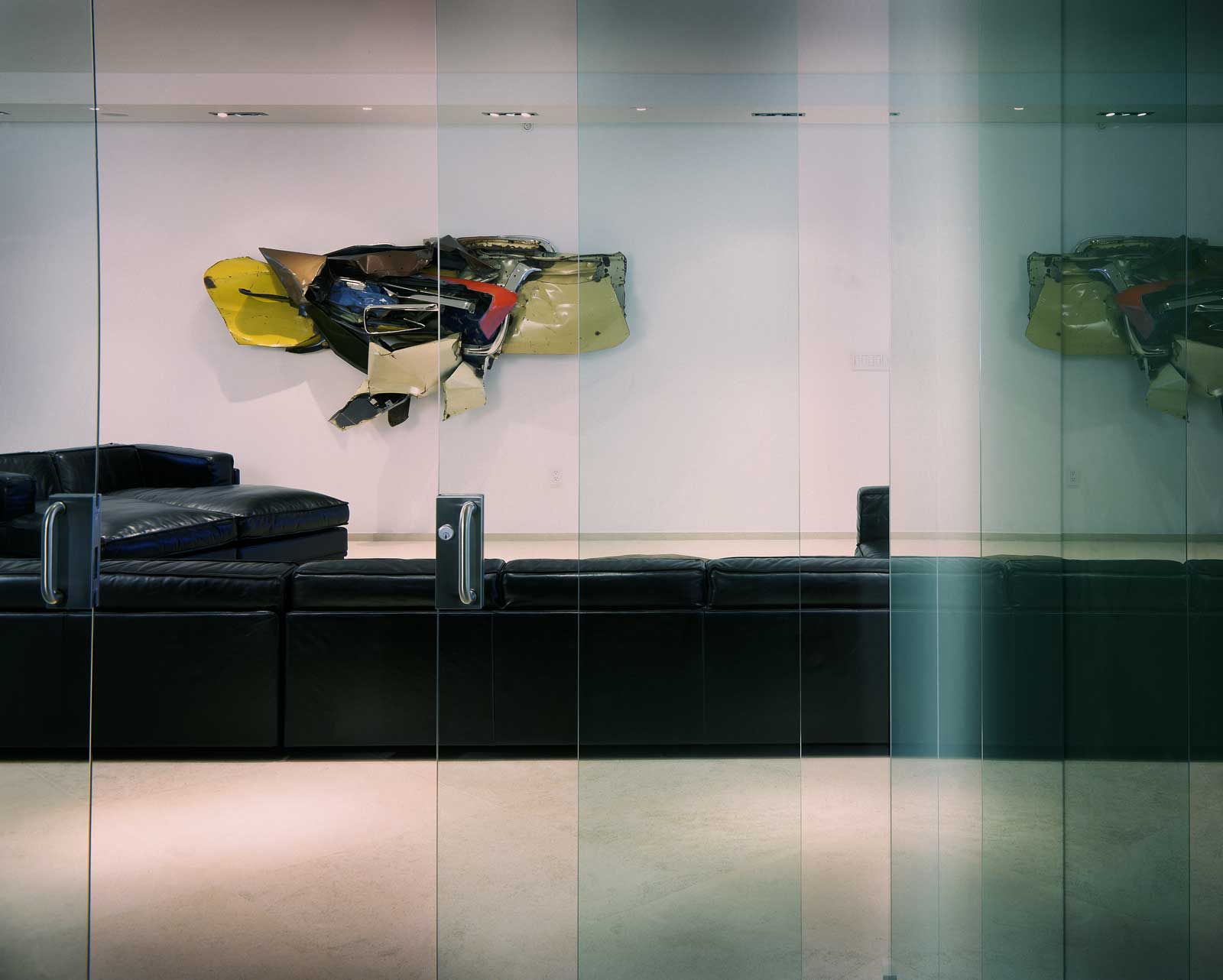As many if you may know from my Design TV with Steven G. episodes, I do love my Dunkin Donuts coffee. But today we are going to explore something more traditional to Miami.
When walking around in Miami you’ll pass at least a dozen ventanitas. Ventanitas are walk-up windows with Cuban-style coffee, pastries, and other small bites sold. Cubans revolutionized the way Miamians drink coffee. Today we are going to dig a little deep and find out how these shops became so popular today.
The history of Cuban coffee in Miami is as rich as the beverage itself and has roots planted as deep as the Arabic plant from which it’s made. Cuban coffee is strong, bold, zealous, nostalgic, and resonates the personality of the people and its citu.
Coffee came to Cuba in 1748 by Don José Antonio Gelabert. Due to Cuba’s high humidity and rich virgin soil, the beverage soon became the drink of choice throughout the nation. In the 1800s, Cuba became the world’s largest sugar producer, and the ‘cafe con azúcar’ was born.
During the ‘60s and ‘70s (the Cuban Revolution), many people and companies abandoned Cuba for a new life in Miami. Cuban owned shops became pillars of the community and in Little Havana coffee was the drink of choice.
Unfortunately, due to Cuba-US relations, the Cuban-style coffee — traditionally served as espresso — consumed in Miami is not actually from Cuba, but from myriad other coffee producing countries. Coffee was one of the products included in the embargo of the 1960s that’s still in effect today. And even if the markets are opened, don’t expect Cuban Miamians to jump on board. Many Cubans left their native country seeking political asylum or better economic conditions, two things just not possible under communism. So as long as the Cuban coffee industry exists under that political system, it’ll find very few supporters in Miami. This is only compounded by the fact that Cuba’s coffee industry is struggling to survive due to a number of factors like harsh climate, out of date technology, and lack of experienced work force.
Most of the coffee that is produced is exported to countries like Japan, France, Spain, and Italy. Cuban residents are provided just half a pound of coffee per month. Any serious coffee drinker knows that just isn’t possible… so Cubans add chicory to the blend to make it last longer.
Coffee continues to be a unifying and communal experience among the Cuban population. Next time you are in Miami and want a peek into Cuba’s history and culture stop by Versailles and order a café Cubano!






























































